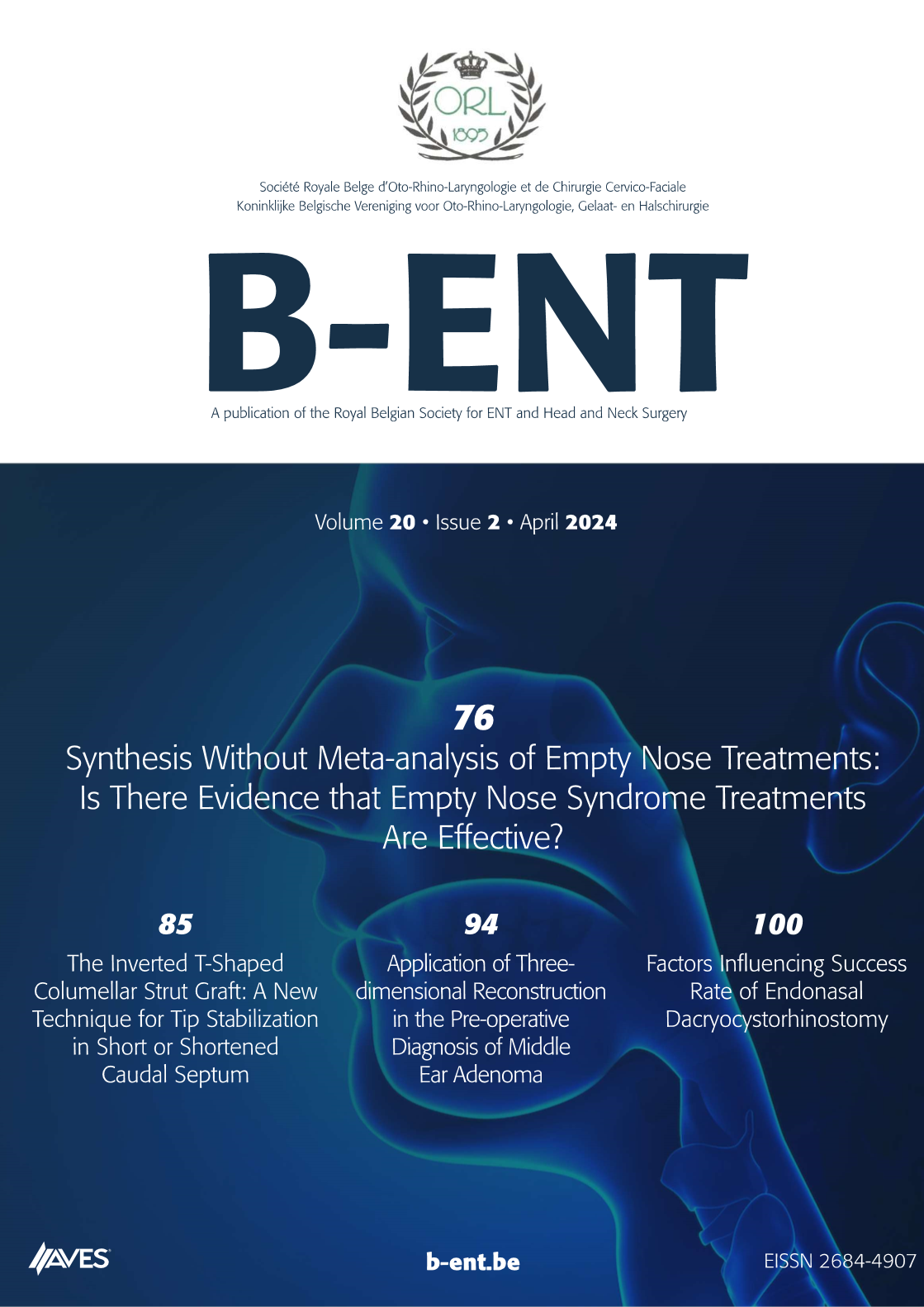Benign paroxysmal positional vertigo: analysis of 516 cases. Introduction and objective: Benign paroxysmal positional vertigo (BPPV) is the most common peripheral vestibular pathology in the general population. This study investigated age, gender, side and type of canal involvement, association with other diseases, response to treatment, and recurrence rate in patients with BPPV.
Methods: This retrospective study analyzed 516 patients diagnosed with BPPV by videonystagmography between September 2015 and March 2017 at Okmeydanı Training and Research Hospital. Dix-Hallpike and positional tests were performed for diagnosis. Repositioning and liberatory maneuvers were used for treatment. Patients were divided into three groups according to age: 18 to 40 years, 41 to 60 years, and over 60 years.
Results: There were 355 (68.8%) female and 161 (31.2%) male patients. Mean age was 51 ± 13 years. In total, 330 (64%) patients had posterior canal disease, 105 (20.3%) had horizontal (lateral) disease and 10 (1.9%) had anterior (superior) canal disease; 25% had recurrences. Most common etiology was idiopathic (73%). Canalolithiasis was more common (75.2% of patients; n = 388) than cupulolithiasis (24.8% of patients; n = 128). There was no difference in semicircular canal involvement rate among the three age groups (p = 0.330). Canalolithiasis (87.3%) was more frequent in the posterior canal (p = 0.001), and cupulolithiasis (60%) was more common in the lateral canal (p = 0.001). Epley and Barbeque maneuvers were the most common treatment methods.
Conclusions: BPPV can be detected with fast and reliable tests and can be treated safely by maneuvers. It should be kept in mind that the multiple semicircular canal involvement rate is not low, and successful treatment can be achieved in the same way with gradual treatment.



.png)
